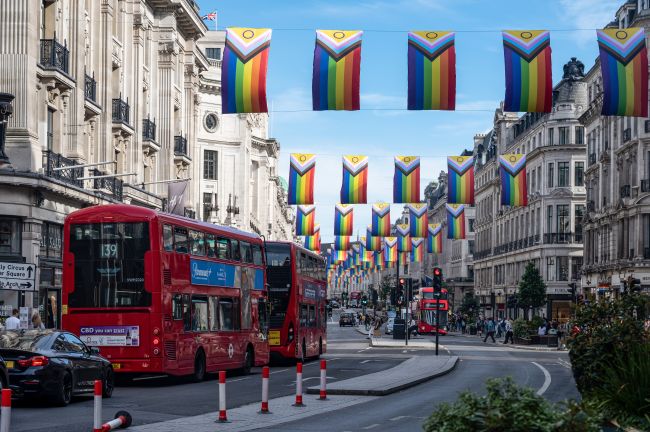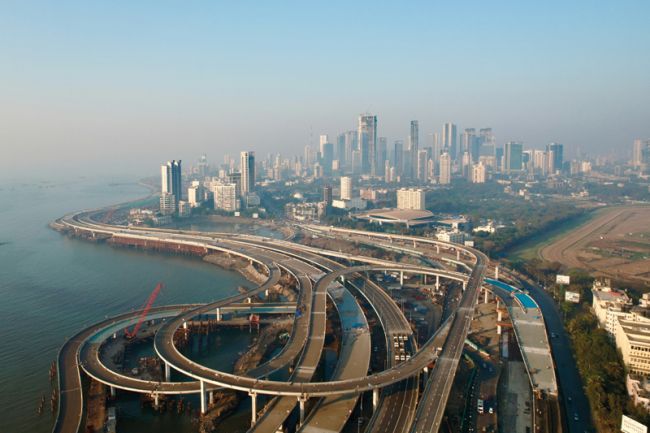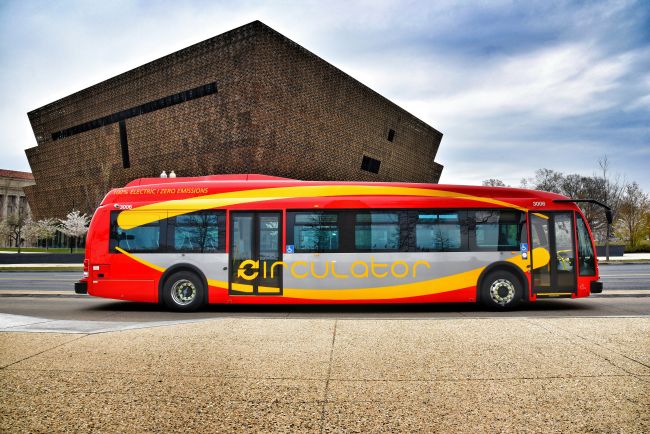An outsider’s perspective
Steer Davies Gleave believes in strengthening its international expertise by enabling opportunities for its staff to work across the globe. Two recent secondments have seen Rebecca Powell (R) complete two years in our Toronto office from London, and Maria Curro (M) undertake a move to the UK from Vancouver. With two different perspectives and experiences, we asked them what their views were on getting around in a new city, and in doing so discovered what they missed from home.

Steer Davies Gleave believes in strengthening its international expertise by enabling opportunities for its staff to work across the globe. Two recent secondments have seen Rebecca Powell (R) complete two years in our Toronto office from London, and Maria Curro (M) undertake a move to the UK from Vancouver. With two different perspectives and experiences, we asked them what their views were on getting around in a new city, and in doing so discovered what they missed from home.
At what point did local transportation feature in your relocation?
R: When I set foot in Toronto the first question I had was “where am I going to live?” The Greater Toronto Area is over seven thousand square kilometers so the possibilities are huge, except I didn’t have a car and neither did I want one. With fewer public transit options than London, opting not to have a car created a greater constraint than what I was used to.
M: Arriving in London for the first time, I was excited to be in one of the world’s most fascinating and diverse cities. My ‘to do’ list was filled with the names of museums, galleries, parks and shows to attend so I found the easiest way to explore was to take advantage of London’s transport system – the busy Underground and Overground system, National Rail and double-decker buses.
What were your first impressions of transportation in your new city?
R: Toronto is rightfully proud of its subway system, and its streetcars add a sense of identity to the city streets. While getting around without a car is possible it often requires a bit more planning and time. When working on the Hurontario-Main Light Rail project in Mississauga, my commute would consist of 1.5 hours of walk-subway-carpool. Now and then I would forget that the subway operates on a cash-only basis, so this could often be longer!
M: Ready to explore London, I asked myself “How easy is it to travel using the Underground and bus system?” Buses, the Overground and Underground, and National Rail systems all connect well with one another, reducing the time needed to plan my trip. The Oyster card, which can be used on all modes, ensured that I did not have to purchase tickets or insert cash. However, the UK suffered a spate of stormy weather recently and I was surprised by how this affected the Capital’s transport network – particularly the mass train cancellations which caused a lot of disruption. I’ve since learned from colleagues here that the weather, particularly snow, can have a major impact on the network.
What stood out for you, as a transit customer?
R: For $3 you can get anywhere in the city using the subway, streetcar and bus network, which is outstanding value. I can see an opportunity for improving connectivity through better wayfinding, which would help integrate pedestrians and transit transfers between the underground and surface. Currently the complex, sub-surface PATH system and six-lane intersections can make getting around by foot and transit seem more complicated than it actually is.
M: The London Underground system is made up of 11 extensive lines and over 250 stations. At first glance, one can become overwhelmed by the sheer size of the Underground map. However, the famous roundel sign makes it easy to identify an Underground station, while station signage easily allows for the planning and mapping for one’s entire journey. Platform signage indicates the travel direction of the train and stations along the route, and station signage clearly demarcates how to access other modes of transport. I’m not sure how easy it would be for a non-English speaking tourist to navigate though.
How have you found being a pedestrian in the city?
R: Despite the perception that people do not walk in North American cities, there is an increasing focus on the pedestrian environment in downtown Toronto that is being integrated into the evolving public realm. Steer Davies Gleave is currently developing a Wayfinding Strategy with the City of Toronto that will make walking a real transportation choice for the residents and visitors of a growing downtown – at the moment it’s probably the least convenient mode to use to get around.
M: The Legible London signage which is visible all over the city center provides guidance on how to travel to the nearest point of interest. With its consistent and easily identifiable signage, accurate distance between areas and integration with other modes, the Legible London signage has really helped me get around London by foot. SDG is currently undertaking a study, on behalf of Transport for London, to better understand how people use the Legible London signs.
Did your travel behavior adapt and change over time?
R: Travel in Toronto reached a turning point for me when I bought a bicycle. The city lends itself to cycling in many ways as it’s relatively flat and rarely rains. Although it’s cold in winter, getting on my bike kept me a lot warmer than waiting for a streetcar (or two). While the cycling network is extensive it suffers many constraints – Mayor Rob Ford’s attempts to end his perceived “war on the car” for example.
M: London has a vast cycling network which appears to be under continuous improvement. Barclays’ Cycle Hire has proven to be immensely popular, especially in Central London. While my experience using these “Boris” bikes is for leisure travel only, a number of limitations to cycling in London are evident, and well publicised, including the lack of cycle lanes, traffic and congestion, and attitudes of lorry drivers.



















